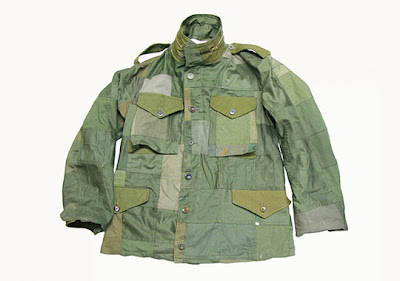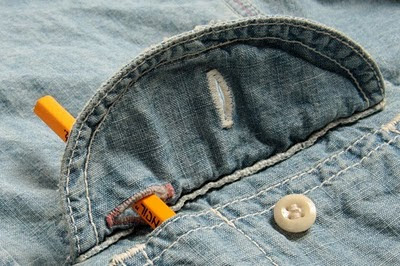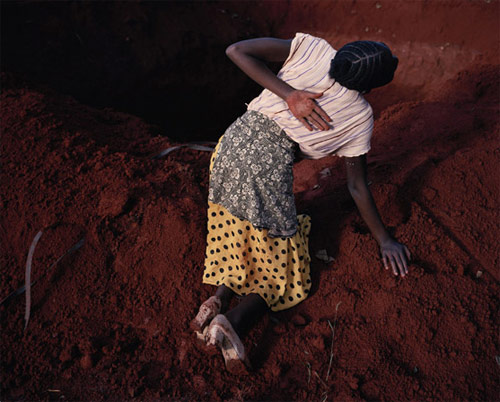I was a little confused at first, so if you guys are, you're not the only one. But viewers can register to be part of the show by solving clues that the director has plotted, and in a way hold some control in the way the show unravels. The characters are all fictional, but viewers can interact with these 'characters' online through portals like Facebook, Twitter, Youtube and Flicker as if you were really part of the show. It's an innovative project that explores new avenues for audience interaction. This inspired me to project futuristic scenarios where we not only 'watch' a TV show (if TV is still the most ideal platform for entertainment? Perhaps online will take over?), we participate in the drama, contribute to the plot and ultimately, we viewers become the directors.
Not only was this concept stimulating, the plot of the show itself was particularly interesting. It centres around a secret geo-engineering project (deliberate manipulation of the Earth's atmosphere to counteract global warming). It made me think of how unpredictable the weather will continue to become over the years and how this will affect the style of the clothes we wear. Will we dress to accommodate extreme weather changes throughout the day? How can I use this idea to assist my design work?
Bluebird AR will continue to play online for app. six weeks.

























































